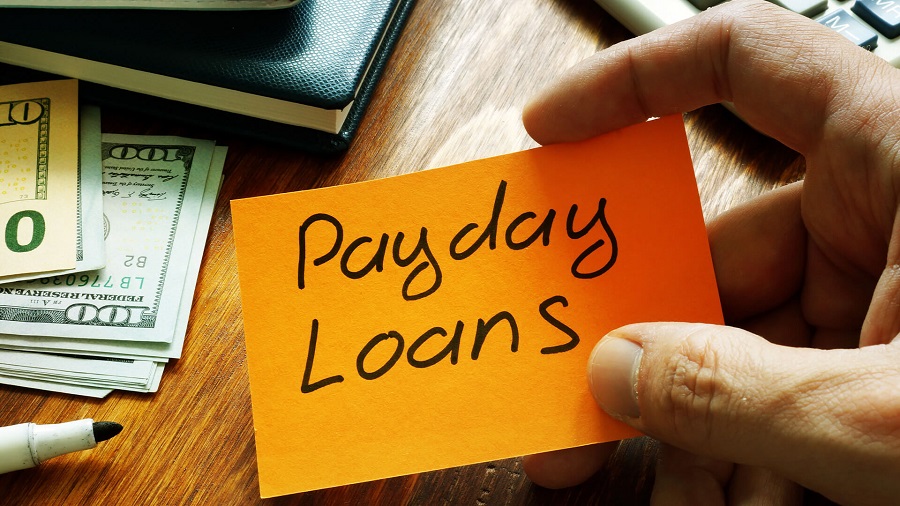For businesses operating in high-risk industries, setting up a payment processing system can be a complex and often frustrating process. Traditional banks and payment processors typically shy away from supporting these businesses due to the increased potential for chargebacks, fraud, or regulatory challenges. This is where high-risk merchant accounts come into play. If you’re navigating the nuances of the payment processing world and have encountered the term “high-risk merchant account,” this guide is here to unpack what you need to know.
What Is a High-Risk Merchant Account?
A high-risk merchant account is a type of payment processing account specifically designed for businesses that operate in industries considered high-risk by banks or payment processors. Unlike standard merchant accounts, a high-risk designation allows processors to accommodate businesses that face higher financial risks, such as chargebacks or fraudulent transactions.
Industries commonly classified as high-risk include adult entertainment, alcohol and tobacco sales, online gambling, travel agencies, e-commerce, and more. These businesses often have higher-than-average transaction volumes, varying ticket amounts, and a history of chargebacks, which makes them a greater liability.
Processors that offer high-risk merchant accounts mitigate this liability by charging higher fees or implementing specific policies to protect themselves. While these accounts open doors for businesses that might otherwise struggle to accept payments, they come with unique terms and conditions.
Key Features of a High-Risk Merchant Account
Understanding the features of a high-risk merchant account is vital for any business operating in this space. Here are some of the notable aspects:
1. Higher Fees
High-risk merchant accounts come with elevated fees as a way to offset the potential financial risks to payment processors. These fees may include:
- Higher Transaction Fees: Typically, high-risk accounts see rates ranging between 3%-8% per transaction, compared to 1.5%-2.9% for standard accounts.
- Rolling Reserve Requirements: Processors may require you to hold a percentage of your monthly revenue in a reserve account as a safety net.
2. Chargeback Protection
Chargebacks are one of the main reasons businesses are classified as high-risk. High-risk merchant account providers often include chargeback management tools, such as fraud detection systems, to help merchants reduce the frequency of disputes.
3. Global Payment Processing
Many high-risk businesses operate internationally, so high-risk merchant accounts frequently offer support for multi-currency transactions. This enables businesses to expand their customer base without payment restrictions.
4. Custom Contracts
Unlike standard merchant accounts with uniform terms, high-risk merchant accounts often require individually tailored contracts. These agreements specify the particular policies, fees, and reserves that apply to your business, depending on your industry and risk level.
Why Are Some Industries Considered High-Risk?
Certain industries are inherently associated with higher risks, leading payment processors to classify them as high-risk. Factors that contribute to this classification include:
- High Chargeback Rates: Businesses with a greater likelihood of customer disputes end up flagged by processors.
- Regulatory Issues: Heavily regulated industries, such as online pharmacies or CBD products, come with legal complexities that make them less attractive to standard processors.
- Subscription Models: Businesses relying on recurring payment structures, like subscription services, tend to have higher cancellation and chargeback rates.
How to Set Up a High-Risk Merchant Account
If your business falls under the high-risk category, securing a merchant account may seem daunting. Here are the steps to get started:
- Research Payment Processors
Identify payment processors specializing in high-risk accounts and compare their fees, services, and customer support options.
- Gather Documentation
Be prepared to provide detailed financial records, a business plan, and proof that your operations comply with relevant regulations.
- Negotiate Terms
Work closely with your processor to understand the terms of the agreement, including rolling reserves, fee structures, and potential penalties.
- Implement Fraud Prevention Measures
Ensure your business has robust fraud prevention systems in place, such as address verification, geolocation tools, or CAPTCHAs during checkout.
- Monitor Your Account
Regularly review your account activity for discrepancies and work with your provider to address chargebacks proactively.
High-risk merchant accounts offer a lifeline to businesses that might otherwise struggle to accept payments. By understanding the features, costs, and setup requirements, merchants can make informed decisions and position their businesses for growth despite the challenges involved.





